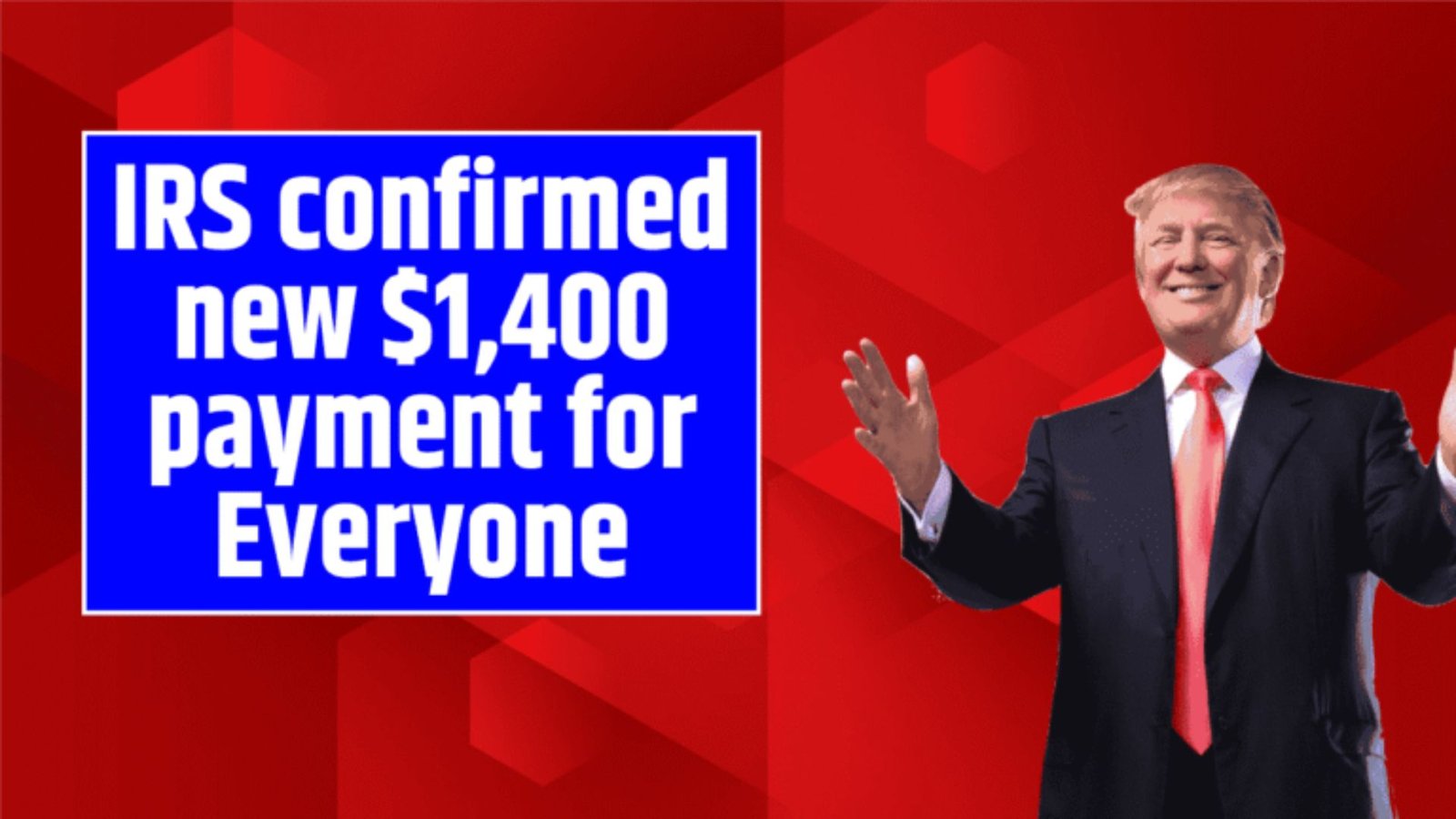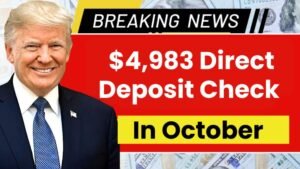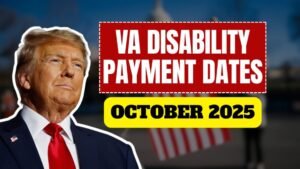In a time when many Americans are still feeling the pinch from rising costs and economic ups and downs, the Internal Revenue Service (IRS) has stepped in with some welcome news. If you missed out on the third round of COVID-19 stimulus payments back in 2021, you could be eligible for up to $1,400 in automatic relief.
This isn’t a brand-new stimulus for everyone—it’s a catch-up program for about one million taxpayers who forgot to claim the Recovery Rebate Credit on their 2021 tax returns. With payments rolling out through late January 2025, now’s the time to check your status and ensure you’re not leaving money on the table.
This guide breaks down everything you need to know about the IRS $1,400 stimulus check in simple terms: who qualifies, how much you might get, when to expect it, and steps to take if you haven’t received it yet. We’ll also cover related updates, like unclaimed refunds, and share real reactions from folks on X (formerly Twitter). Whether you’re searching for “IRS stimulus check 2025 eligibility” or “how to get my $1,400 payment,” we’ve got you covered with easy-to-follow advice.
What Is the $1,400 Stimulus Check All About?
Back in 2021, the American Rescue Plan Act sent out three rounds of Economic Impact Payments (EIPs)—what most people called stimulus checks—to help families weather the pandemic. The third one was worth up to $1,400 per person, including kids and other dependents.
But here’s the catch: Not everyone grabbed it. Some folks didn’t get the direct deposit or paper check at the time, and others overlooked adding the Recovery Rebate Credit (a fancy way of saying “missed stimulus refund”) when they filed their 2021 taxes. The IRS reviewed its records and found about one million people who qualify but never claimed it. Instead of making you redo your taxes manually, the IRS is sending these payments automatically—totaling around $2.4 billion in relief.
Think of it as the government’s way of saying, “Hey, we owe you this—here it is.” No extra forms needed if you’re in the lucky group. This program targets U.S. taxpayers who filed 2021 returns but skipped the credit. It’s not for everyone, but if you qualify, it’s a straightforward boost to your bank account or mailbox.
Why Now in 2025?
The IRS announced this in late 2024, right as tax season kicked off. They wanted to wrap it up before the April 15, 2025, deadline for filing old 2021 returns. By automating it, they’re making sure eligible people get help without the hassle. Commissioner Danny Werfel explained that their data showed many overlooked this “complex credit,” so they’re fixing it proactively.
Full Eligibility Conditions for the $1,400 Payment
Not sure if you’re in line for this cash? Eligibility boils down to a few key factors from 2021. You must have been a U.S. citizen or resident alien, at least 18 years old (or meet other age rules for dependents), and have a valid Social Security number. Most importantly, you needed to qualify for the third EIP but didn’t receive the full amount or claim the credit on your taxes.
Income played a big role too—payments phased out for higher earners. Singles with adjusted gross income (AGI, basically your total income minus deductions) over $75,000 got less, and it dropped to zero at $80,000. For heads of household, the cutoff was $112,500, and married couples filing jointly stopped at $150,000.
Dependents count too! Unlike earlier rounds, this included adult dependents like college students or elderly parents, each getting up to $1,400.
To make it crystal clear, here’s a quick table summarizing the main eligibility rules:
| Eligibility Factor | Details |
|---|---|
| Residency | U.S. citizen or resident alien in 2021 |
| Age | 18+ (or qualifying child dependent rules) |
| Filing Status | Filed a 2021 tax return but didn’t claim Recovery Rebate Credit |
| Income Limits (AGI) | Full $1,400 if under $75K (single), $112.5K (head of household), $150K (joint) |
| Dependents | Up to $1,400 per qualifying dependent, including adults |
| Non-Filers | Must file 2021 return by April 15, 2025, to claim |
| Exclusions | Non-resident aliens, those with full prior EIP, or incarcerated individuals |
If any of this sounds like you, keep reading—you might have money coming.
How Much Will You Get and When?
The max is $1,400 per person, but it depends on your 2021 situation. If you were eligible for the full third stimulus, that’s what you’ll see. Got partial? Your check matches that. Add $1,400 for each dependent you could have claimed.
Payments started hitting accounts in late December 2024 via direct deposit (fastest way). The rest are mailing out as paper checks or debit cards through January 2025. Expect a letter from the IRS confirming your amount and method—no surprises.
Payment Schedule Breakdown
Wondering about timing? Here’s a simple table based on IRS updates:
| Payment Method | Start Date | Expected Arrival | Notes |
|---|---|---|---|
| Direct Deposit | Late December 2024 | 1-3 business days | Uses your 2021 bank info; quickest option |
| Paper Check | December 2024-Jan 2025 | 7-10 business days | Mailed to your address on file |
| Debit Card | January 2025 | Varies | For those without direct deposit setup |
If nothing shows by end of January, don’t panic—check the next section.
Steps to Take If You Haven’t Received Your Payment
Automatic is great, but glitches happen. If you’re eligible and nada by February 2025, here’s your action plan:
- Verify Your Info: Log into your IRS online account at IRS.gov to see if a payment is pending. Update your address or bank details if needed.
- File or Amend 2021 Return: Deadline is April 15, 2025. Use Form 1040 and add the Recovery Rebate Credit on Line 30. Free help? Try VITA (Volunteer Income Tax Assistance) sites or IRS Free File.
- Track It: Use the “Where’s My Refund?” tool on IRS.gov with your SSN, filing status, and refund amount.
- Contact IRS: Call 800-829-1040, but brace for hold times. Have your docs ready.
Pro tip: Even if you had zero income in 2021, file anyway—you could snag this plus other unclaimed refunds (IRS says 1.1 million folks owe $1 billion in missed 2021 refunds).
What People Are Saying on X (Formerly Twitter)
Across the U.S., reactions are buzzing on social media. Many are thrilled about the surprise cash, while others worry about scams. We dug into recent X posts for real talk—here’s a roundup of USA-based chatter:
- One user shared: “If you did not receive your $1400 stimulus from the IRS (3rd stimulus payment) in 2021, the deadline to amend your return is April 15th 2025. You can still get it.” This post from @robbiereckd got nods from budget-savvy folks planning their moves.
- Excitement mixed with doubt: “$1400 Stimulus Check IRS 2025: Stimulus Check for Everyone, Eligibility & Payment Dates” linked by @BytesFinance, sparking shares among finance watchers.
- Skepticism alert: A poster called out potential fakes, saying “LIE LIE” on a viral link, reminding everyone to stick to IRS.gov.
These posts highlight the mix: Hope for relief, but caution against clickbait. Always verify with official sources.
Other Financial Boosts to Watch in 2025
This $1,400 isn’t alone. Keep an eye on state programs like New York’s STAR credits (up to property tax relief) or California’s upcoming rebates. Nationally, the IRS is pushing free Direct File for simple returns, potentially saving you on prep fees. And don’t forget enhanced Child Tax Credits if you have kids.
Conclusion: Don’t Miss Your $1,400—Act Today
The IRS $1,400 stimulus check 2025 is a lifeline for overlooked 2021 relief, putting real money back into everyday Americans’ pockets amid ongoing challenges. With automatic payments wrapping up soon and the April 15 deadline looming, check your eligibility now to avoid forfeiting what’s yours. Whether it’s covering groceries, bills, or a small treat, this boost can make a difference.
Remember, this is about equity—ensuring no one eligible gets left behind. Head to IRS.gov, gather your 2021 docs, and claim your peace of mind. Got questions? Drop a comment or chat with a tax pro. Stay informed, stay empowered—your financial future thanks you.




